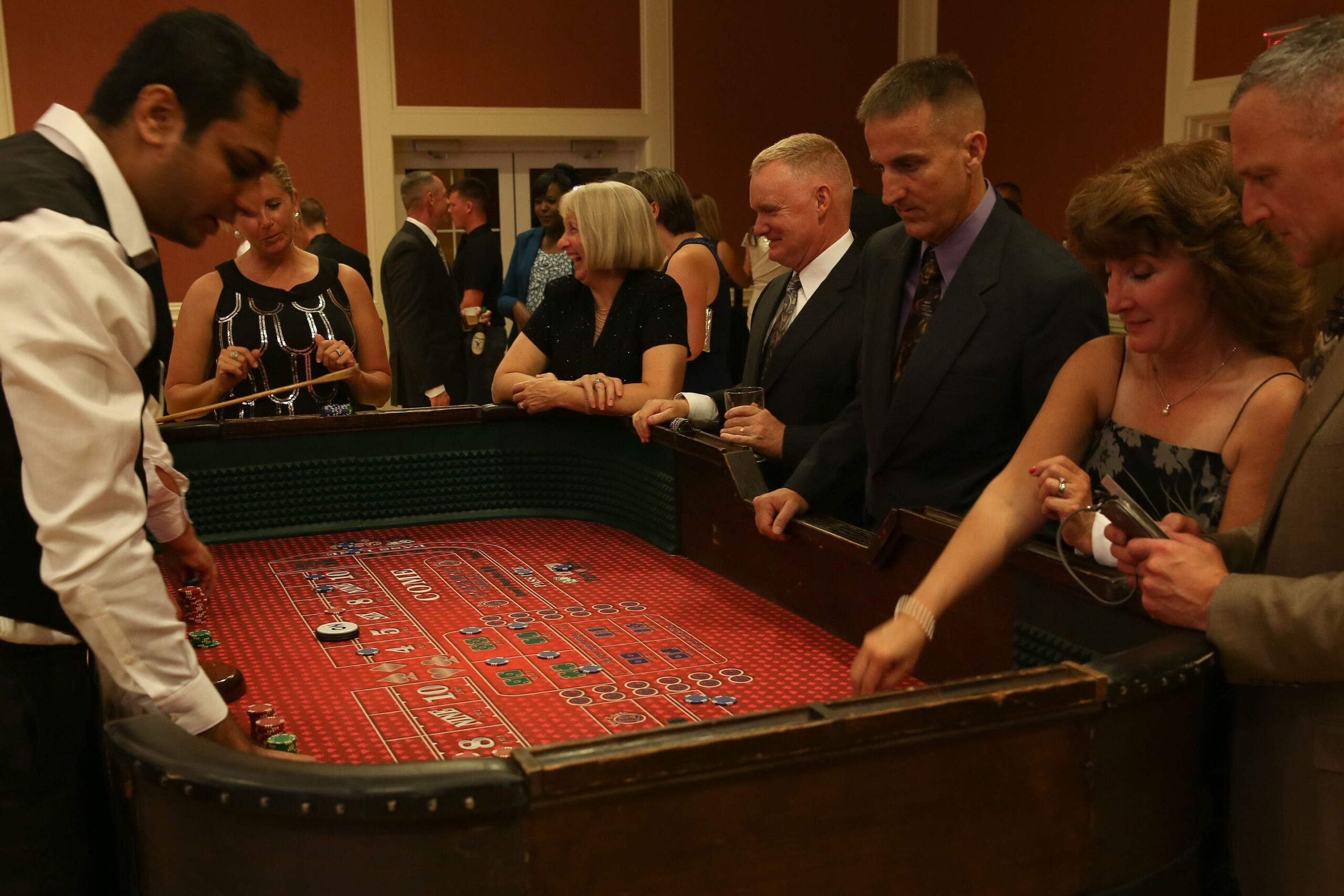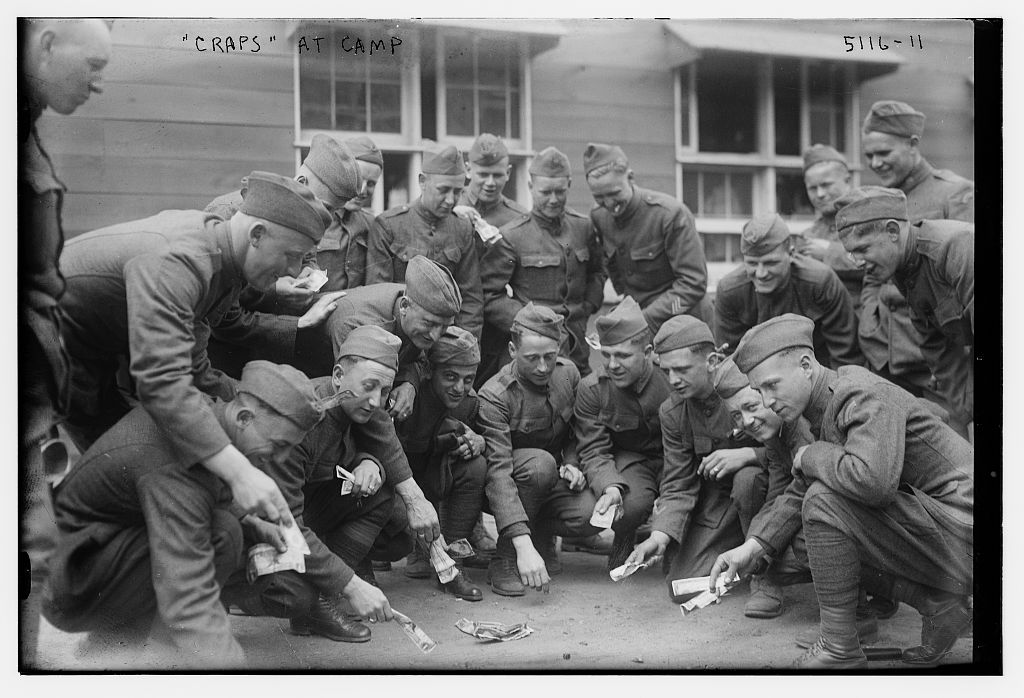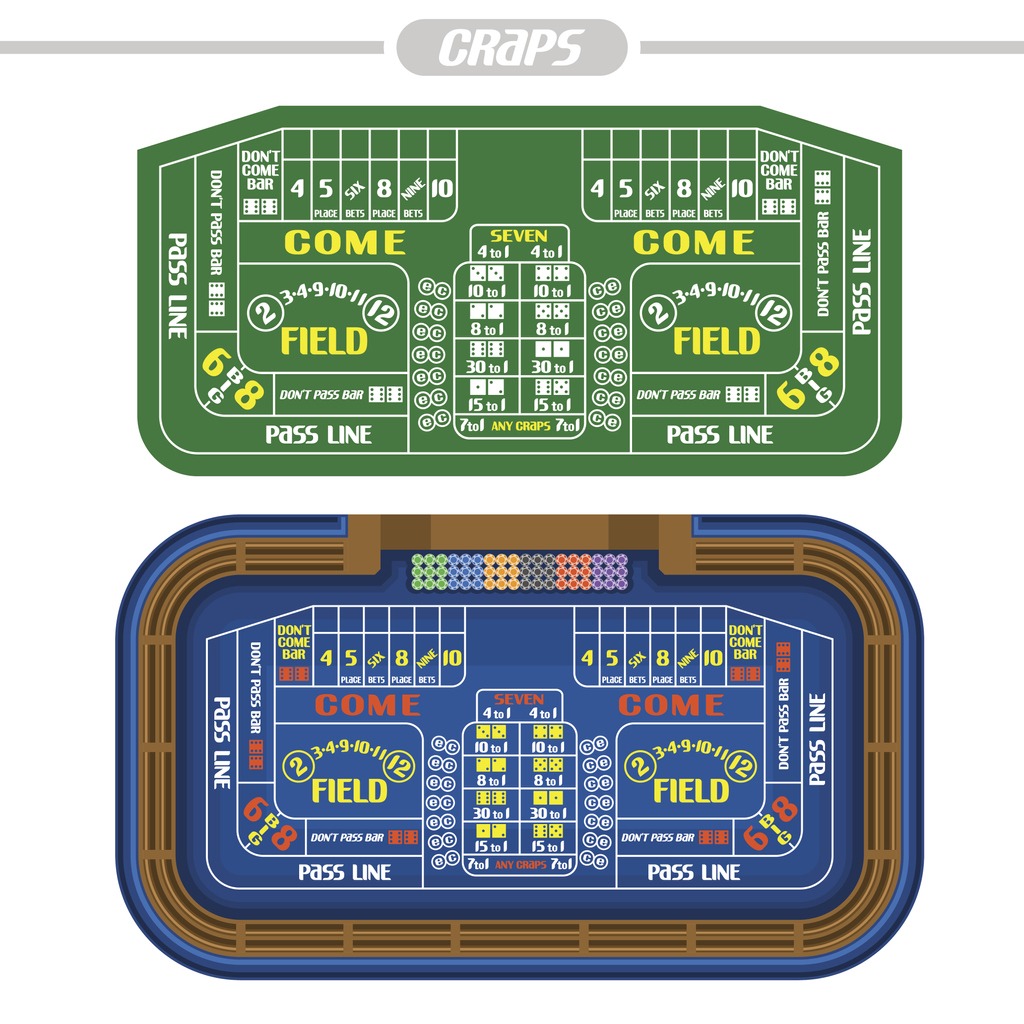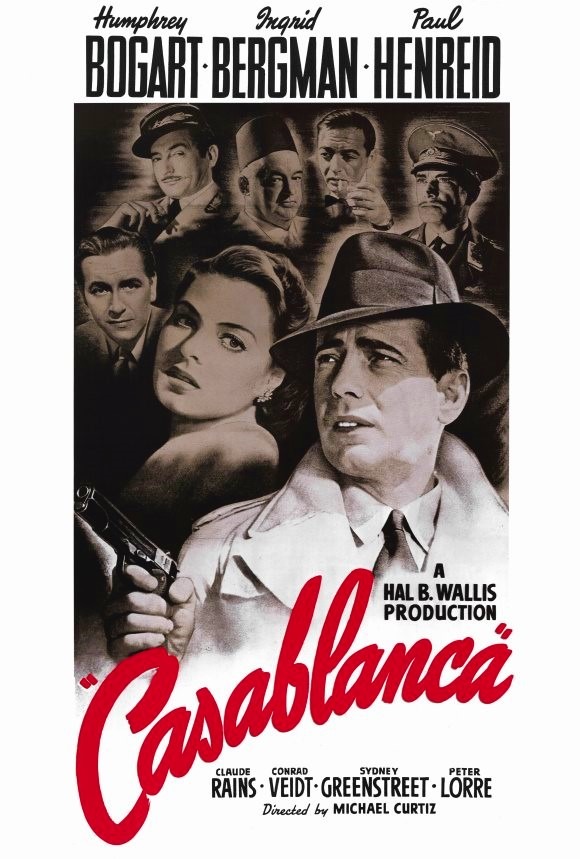Craps is more than just a game; it’s a cultural phenomenon that encapsulates the essence of casino excitement. Its journey through history is as captivating as the game itself, marked by evolution, adaptation, and an enduring appeal. From its ancient origins to its modern-day prominence in casinos worldwide, craps has consistently offered a unique blend of chance, strategy, and social interaction, making it a perennial favorite among gambling enthusiasts.
On the casino floor, craps stands out for its energy and communal spirit. The game is played with two six-sided dice, and its objective is simple yet captivating: predict the outcomes of the rolls or a series of rolls. But beyond its basic premise, craps is a game of intricate bets and potential strategies, each offering different odds and levels of excitement. The role of the shooter, the player who rolls the dice, adds a personal touch to each game, as they become the focal point of hope and anticipation for themselves and other players.
History of Craps
Craps has a rich and varied history, dating back to ancient times. Its earliest ancestor is believed to be a game called “Hazard”, which emerged from England or Arabia centuries ago. The game evolved as it traveled through Europe, eventually making its way to America. In the early 19th century, it was simplified by an American dice maker named John H. Winn, who is often referred to as the father of the modern game of craps. His version of the game is the one we recognize today.
Ancient Roots and Medieval Developments
The history of craps is as intriguing as the game itself, with its origins tracing back to ancient civilizations. The earliest form of the game can be linked to the time of the Crusades. It was initially known as “Hazard,” a game that is believed to have originated either in England or the Arab world. The name “Hazard” is thought to have been derived from the Arabic word “azzah,” meaning “the dice.”
During the medieval period, Hazard became a popular game among English knights. It gained significant popularity in England, especially among the nobility and royalty. The game was complex, with intricate rules and varied odds depending on the number rolled.
Journey to America and Simplification
The game crossed the Atlantic to the New World with European settlers, particularly the French and the English. In the 18th century, Hazard was especially popular in New Orleans, where it was brought by French sailors and merchants. It was in America that the game began to evolve into the simpler version we know today as craps.
The transformation of Hazard into craps is credited primarily to John H. Winn, an American dice maker, in the 19th century. He is often referred to as the father of modern craps. Winn revolutionized the game by introducing the “don’t pass” betting option, allowing players to bet for or against the shooter, which helped to eliminate the effectiveness of fixed dice and brought a new level of fairness and simplicity to the game.
20th Century to Present
Throughout the 20th century, craps continued to evolve and gain popularity in American casinos. It became a staple in Las Vegas, with its fast-paced nature making it a hit among players. The game’s popularity was also boosted by the return of soldiers from World War II, who had played craps as a form of entertainment during the war.
In the latter half of the 20th century and into the 21st, craps has maintained its status as a casino favorite, while also adapting to technological changes. The rise of online casinos has introduced craps to a new generation of players, making it accessible worldwide.
Basic Gameplay
The game of craps is played with two six-sided dice, and the main objective is to predict the outcomes of the rolls or a series of rolls. Players bet against the casino on the outcome of one roll, or a series of rolls, of two dice. The key element in craps is the “shooter,” who is the player rolling the dice.
There are various types of bets in craps, but the most common are the “Pass Line” and “Don’t Pass” bets. The game starts with a “come-out roll,” where winning is typically achieved by rolling a 7 or 11, while rolling a 2, 3, or 12 results in a loss. Any other number establishes a “point,” which the shooter then tries to roll again before a 7 comes up for all “Pass Line” bets to win.
Statistical Probability in Craps
What truly sets craps apart is the underlying science of statistical probability that governs its gameplay. Understanding the odds of each roll and the house edge on various bets is crucial for players seeking to navigate the game effectively. This blend of luck and skill, chance and strategy, makes craps not only a game of betting but also one of mathematical intrigue.
Craps revolves around the probabilities associated with the roll of two six-sided dice. This is the heart of the game, where the magic and unpredictability lie. Understanding these probabilities is essential for any player looking to grasp the game’s nuances. The science behind it lies in the dice themselves. Since each die has six faces, and two dice are rolled, there are a total of 36 possible outcomes.
Basic Probability Principles: Each die has six faces, numbered 1 through 6. When two dice are rolled, there are 36 possible outcomes (6 faces on the first die multiplied by 6 faces on the second die). The probability of any specific outcome is 1 in 36, or about 2.78%.
Probabilities of Specific Rolls: The likelihood of rolling any specific number varies. For example, a 7 has the highest probability of being rolled (16.67%) because there are six combinations that can produce a 7 (1-6, 2-5, 3-4, 4-3, 5-2, 6-1). In contrast, there’s only a 2.78% chance of rolling a 2 or a 12, as each can only be achieved by one combination (1-1 or 6-6).
Understanding the ‘True Odds’: ‘True odds’ in craps refer to the actual probability of a certain outcome occurring. For instance, the true odds of rolling a 7 are 5 to 1, as there are five ways to roll something else and one way to roll a 7.
House Edge and Bet Types:
- House Edge: The house edge is the mathematical advantage that the casino has over the player. In craps, this edge varies significantly among different bets. For example, the house edge on the Pass Line bet is 1.41%, making it one of the more player-friendly bets.
- Comparing Bet Types: Different bets have different probabilities. ‘Place’ bets, ‘Field’ bets, ‘Hardways’ bets, and proposition bets all have their own odds and associated house edges. Understanding these can help players choose where to place their chips.
Advanced Statistical Concepts
- The Law of Large Numbers: This principle states that as you roll the dice more times, the results will start to reflect the true mathematical probabilities. However, in the short term, anything can happen, which adds to the game’s unpredictability.
- Probability vs. Certainty: In craps, no outcome is ever certain. Even though a 7 has the highest probability of being rolled, it’s far from a guaranteed outcome on any given roll.
- Independent Events: Each roll of the dice is an independent event. The outcome of one roll does not influence the outcome of the next roll, which is a common misconception among gamblers (known as the gambler’s fallacy).
The statistical probability in craps is a fascinating and complex subject. It’s a game that beautifully illustrates the balance of randomness and predictability, chance and strategy. Whether you’re a novice or a seasoned player, understanding these probabilities is key to appreciating the depth and excitement of the game of craps.
Final Thoughts
Throughout its history, craps has not only been a game but also a cultural phenomenon, appearing in numerous films, books, and popular media, often symbolizing the thrill and unpredictability of casino life. It has a unique place in casino culture, known for the communal experience it offers, as players often share in the excitement and commiseration of the rolls.
Craps is a fascinating game that combines luck, skill, and science. While the thrill and randomness of the game are undeniable, a firm grasp of statistical probabilities can provide players with an edge, or at least a more informed perspective. Whether you’re cheering at a casino table or strategizing your next move, the exciting world of craps is a testament to the timeless allure of games of chance and the human inclination to understand and predict them.




